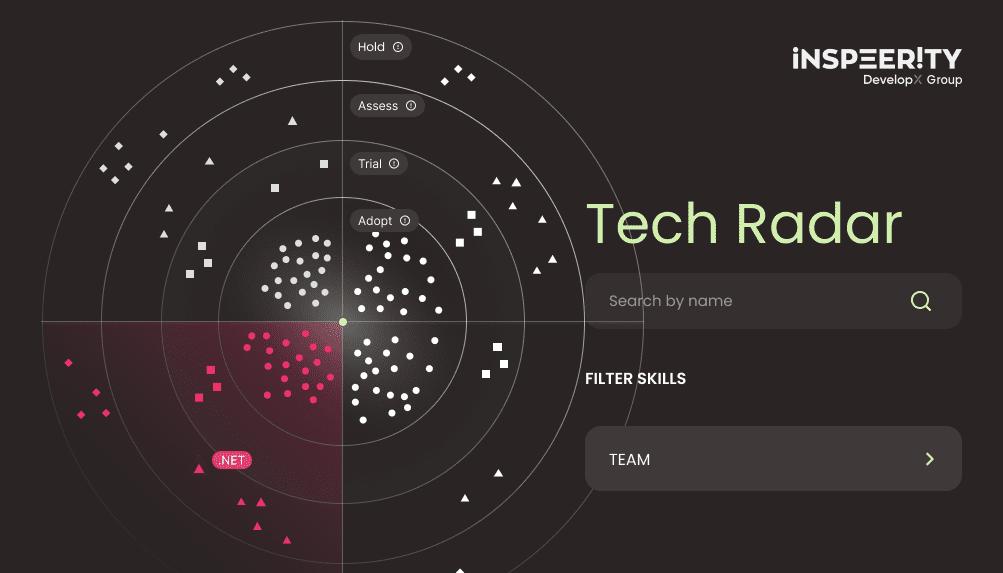Let’s say your platform needs access to hourly energy data in Poland for billing, analytics, or grid balancing. Where do you start?
Smart metering is expanding rapidly in Poland. Over 8 million devices are already installed, and that number is expected to exceed 17 million by 2030. But there’s no single API you can plug into. Access depends on the system layer, and each one plays a different role.
To make sense of it, you need to understand three components: the DLMS protocol, Head-End Systems (HES), and the soon-to-launch CSP national platform.
Here’s what each one does, and what matters for your integration roadmap.
1. DLMS/COSEM: The most common protocol
Most smart meters in Poland follow the DLMS/COSEM standard. It’s used widely across Europe to format and encrypt energy consumption data. This includes time-series readings, status flags, and event logs.
You’ll also see OBIS codes. These are part of this same model, used to identify data points on the meter.
But unless you’re building firmware or embedded systems, you won’t access DLMS directly.
For most software teams, this layer is abstracted away by vendors. Trying to connect directly is slow, expensive, and rarely necessary. DLMS requires certified hardware, a developer token, and full technical documentation. These are usually only shared with hardware buyers.
If you’re building a SaaS platform or web application, DLMS isn’t your entry point.
2. HES: Where most integrations happen today
Head-End Systems (HES) are where integrations happen now.
These systems sit between the meter and the grid. They handle DLMS communication, aggregate meter data, and expose it through APIs. Every Distribution System Operator (DSO) in Poland uses their own HES vendor. Examples include Kamstrup, Apator, or similar.
That makes integration inconsistent.
Each HES has its own:
- Authentication method (access token, service credentials, etc.)
- API structure and field naming
- Format for requests and responses (REST, SOAP)
Some allow webhooks. Some rely on polling. Some provide full datasets. Others give summaries.
In practice, HES integrations often involve limited documentation, inconsistent endpoints, and missing support. It’s manageable except for testing, adaptation, and edge cases.
If you’re working on a platform today, this is your integration point. Just know that each DSO will require a different setup.
3. CSP: What comes next
The Centralny System Pomiarowy (CSP) is the future of smart metering in Poland.
It’s a national access platform currently being developed by PGE Dystrybucja. Once live, CSP will offer third-party platforms access to smart meter data across all DSOs through one secure API.
The idea is simple:
- Unify all DSO data in one system
- Standardise response formats via REST
- Ensure role-based access for platforms and users
Initial specs show promise. But CSP is still in pilot and not yet available to the public. The direction is solid, but timelines can vary. Don’t expect a full national rollout until 2026 at the earliest.
If you’re looking to build a green energy solution, build with CSP in mind. But don’t build on it yet.
Summary: What platforms do you need to know
Here’s the simplified overview of how smart meter data access works in Poland:
| Layer | What it is | Should you integrate with it? |
| DLMS/COSEM | Protocol used by meters | No, handled by vendors |
| HES | DSO-managed data interface | Yes, integrate here today |
| CSP | Unified national access layer | Not yet, plan for it soon |
If your team is used to a single smart meter API elsewhere, Poland’s layered structure will take some adjustment. Start with HES and prepare for CSP.
Common issues when integrating with smart meters in Poland
Even experienced teams hit challenges when entering this market. Here are the top issues I’ve seen:
- Assuming there’s one API
Every DSO uses its own HES vendor, each with different API specs, authentication methods, and quirks. There’s no unified schema (yet). - Delayed access approvals
Some DSOs require manual or even paper-based approvals before granting developer credentials. Expect delays. - Short retention windows
HES platforms may only store a few days or weeks of historical data. If you miss a sync window, that data could be lost. - Polling instead of real-time
Not all HES systems support webhooks or push models. You may need to rely on polling, and rate limits aren’t always well documented. - Inconsistent metadata and tagging
Field names, OBIS codes, and units of measure can differ across DSOs and vendors. You’ll need to map and normalize them manually. - Overestimating CSP availability
CSP is promising, but it’s not production-ready yet. Teams who plan for it too early often stall when access turns out to be limited.
Final thought
Smart metering in Poland is growing quickly. But access remains fragmented, and integration takes planning. We’ve helped platforms navigate HES APIs, vendor-specific quirks, and approval flows.
We’re also tracking CSP’s rollout closely.
Planning to integrate with smart meters in Poland? We’re happy to share what we’ve learned. Let’s talk.




